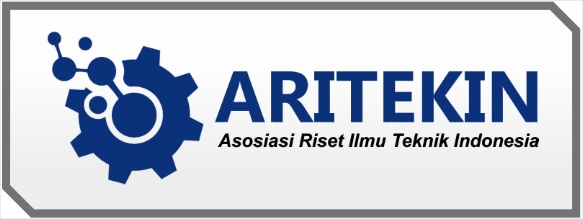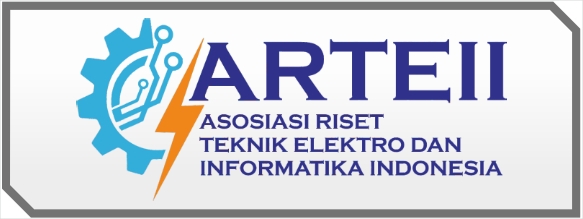Pembuatan Arang Aktif Dari Limbah Sekam Padi Sebagai Adsorben Dan Penyedia Unsur Hara
DOI:
https://doi.org/10.59061/jsit.v1i2.117Abstract
Sources of raw materials that can be made into activated charcoal come from animals, plants, waste or minerals that contain carbon. In 2012 rice production was estimated at 68.59 million tons of GKG, an increase of 2.84 million tons (4.31 percent) compared to 2011. Based on the above conditions and the potential of rice husk as a raw material for activated charcoal, it is necessary to process rice husk so that it can be used as activated charcoal. The purpose of this study was to determine the processing of rice husk into activated charcoal and the characteristics of the activated charcoal produced and to determine the potential of charcoal as an adsorbent and nutrient provider. The method used in this study refers to SNI 06-3730-1995. The fixed variable was the activation process of rice husk with 0.5M NaOH at a temperature of 800C for 2 hours, while the changing variable was the temperature of 4000C and 5000C with carbonization times of 30,45,60,75,90,105 and 120 minutes
References
Anonim-1. (2012). Membuat Arang Sekam Padi. Diakses 3 September 2012, dari www.bagi.me/2012/05/membuat-arang-sekam-padi.html.
Anonim-2. (2012). Pengaruh Aktivasi Arang Tempurung Kelapa dengan Asam Sulfat dan Asam Fosfat untu Adsorpsi. . Diakses 18 September 2012, dari http://www.google.co.id/ Pengaruh Aktivasi Arang Tempurung Kelapa Dengan Asam Sulfat dan Asam Fosfat untuk Adsorpsi Fenol.pdf.
Benke, DJ ; Wainwright, MS ; Nigam, KDP ; Rao, TR . (2006) Kinetics of silica dissolution from rice husk char. The Canadian Journal of Chemical Engineering. Vol. 84(6), 689-692.
[BPS] Badan Pusat Statistik. (2012). Diakses 7 September 2012, dari http://www.bps.go.id/news=938.
[BSN] Badan Standarisasi Nasional. (1995). Standar Nasional Indonesia (SNI) 06-3730-1995 tentang Arang Aktif Teknis. Jakarta.
Danarto dan Saman. 2005, “Pengaruh Aktivasi Dari Sekam Padi Proses Adsorbsi Logam Cr(VI)”, http://suaramerdeka.com/v1/Index.php/read/news/2010/01/06/43780. Diakses tanggal 10 September 2012
Hassler, JW.(1951). Active Carbon. Chemical Publishing Co. Inc : New York,
Harjadi, W. (1993). Ilmu Kimia Analitik Dasar. PT. Gramedia Pustaka Utama: Jakarta.
I Nyoman Soemeinaboedhy dan Sri Tejowulan. (2004). Pemanfaatan Arang Aktif sebagai Sumber Unsur Hara P dan K serta Pembedah Tanah. Universitas Mataram.
Pari G. (2004). Kajian Struktur Arang Aktif dari Serbuk Gergaji sebagai Adsorben Emisi Formaldehida Kayu Lapis [disertasi]. Bogor : Program Studi Ilmu Pengetahuan Kehutanan, Pasca Sarjana IPB
Subadra I, Bambang S, dan Iqmal T. (2005). Pembuatan Karbon Aktif dari Tempurung Kelapa dengan Aktivator (NH4)HCO3 sebagai Adsorben untuk Pemurnian Virgin Coconut Oil. Skripsi jurusan Kimia FMIPA UGM : Yogyakarta
Downloads
Published
How to Cite
Issue
Section
License
Copyright (c) 2018 Jurnal Sains dan Ilmu Terapan

This work is licensed under a Creative Commons Attribution-NonCommercial 4.0 International License.

















